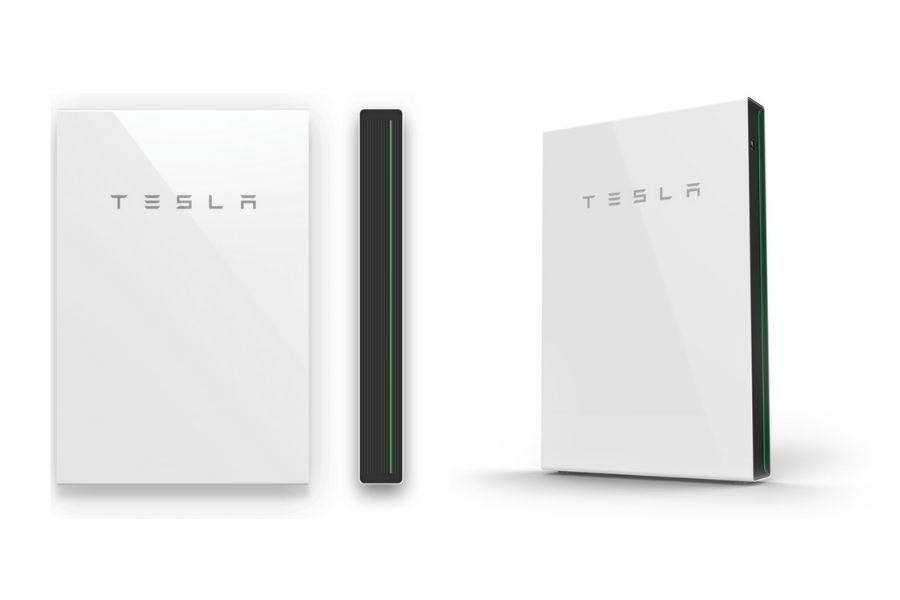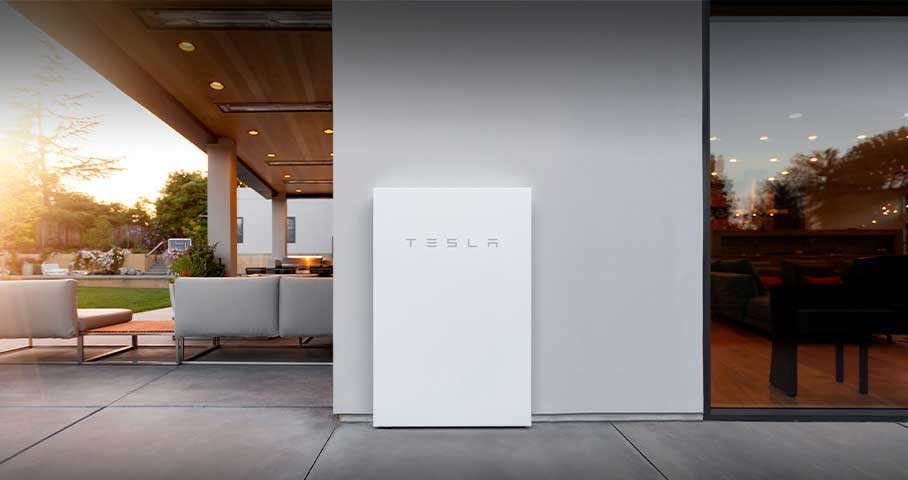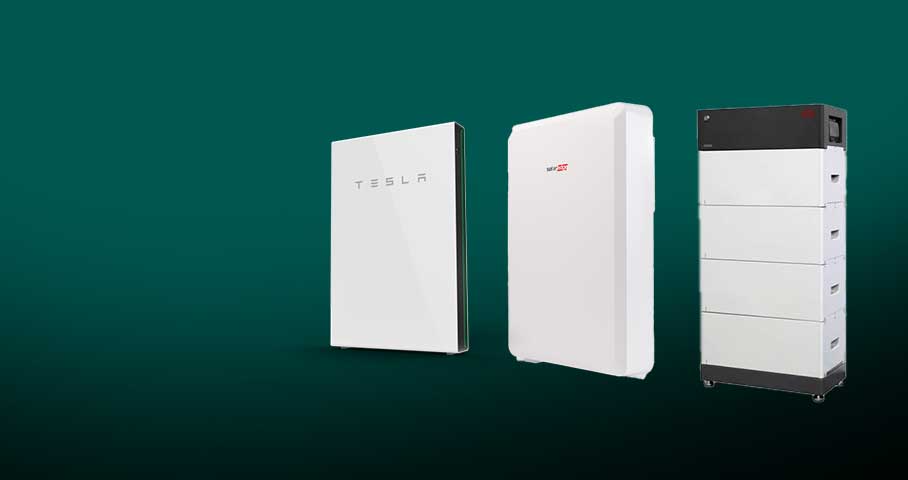How to Keep Solar Batteries Warm and Functioning Effectively During Cold Weather in The Blue Mountains & Hawkesbury areas

Across Australia, there’s a solid understanding weather conditions can impact solar installations. After all, it’s understood solar panels need sunshine to harvest energy, so the night time hours won’t see solar panels charging up like a superhero before a final battle with the villain! The same principle also applies to the winter months, where a reduction in sunshine throughout the days will diminish what the panels can harvest. For many solar panel owners, the gains they get year-round from having a solar installation – such as having no energy bill in summer and a significantly reduced one in winter – illustrates these limitations on solar are very small.
Nonetheless, taking steps to maximise the performance of a solar installation is always wise. There’s a big difference between a reduction in performance, and letting technology outright lag and underperform. That’s why when it comes to solar batteries and their performance during colder conditions, it’s essential to know how to keep them warm and functioning effectively.
Why Batteries Can Underperform During Wintery Weather
Like solar panels, solar batteries are designed to withstand tough conditions 365 days a year. Among the various types of batteries out there, there are even some Lithium options in the US that can perform in cold weather. But while Lithium batteries offer additional benefits in this area, they can also be far more expensive than the lead-acid types that have been more commonly used in years prior. In turn, regardless of whether a battery can perform in the cold, maintaining an ideal temperature can of course help achieve optimum performance.
It’s necessary to note in some respects cold conditions can actually be best for battery storage because the cool climate helps a battery hold its charge longer. But this isn’t the case when it comes to deep-cycle batteries that are charging and discharging regularly. For a regular Aussie household going about their business with a solar installation with battery storage, the latter is going to be getting an ongoing workout.
Obviously, there’s no ability to control the elements, so the only way to prevent underperformance by a solar battery vulnerable to cold weather is to recognise with clear eyes the challenge winter brings. In turn, to then take steps to minimise the impact of chilly conditions on a solar battery.
Warming to the Idea
There are many ways to protect a solar battery from the cold depending on the battery and particulars of conditions in a local area. But there are common principles found in use from one locale to another that can serve as a blueprint.
1. First, it’s important to consult with a trusted professional regarding the particulars of your solar battery, where it’s currently installed, and how it could be shielded from wintery weather.
2. Second, to recognise numerous options could be available depending on these factors.
3. Third, that depending on the change in environmental conditions from one season to the next it may be necessary to adjust a battery storage structure a little now and then. Once again, we can advise on this too.
Yet as an example of the potential solutions on offer, the best remedy can often be the storage of a solar battery with insulation, within an enclosure. An insulated box that fits a battery’s characteristics can allow for temperature regulation, wherever a battery is ultimately located on a property. Ideally, it may be an insulated box that is easy to remove, so if the need arises once warmer months roll around, the box can be taken off.
Regular Maintenance for Reliable Outcomes
It’s certainly important to see a solar battery stays warm and continues to operate effectively during winter. But it’s useful to keep in mind that while maintaining a solar battery is indeed a key element of keeping a solar installation in good working order year-round, it’s not the only one. In fact, there’s a number of steps that should be pencilled in to-do throughout the calendar year to see a solar installation’s performance is at optimum. For example, checking an inverter is working, and getting the panels cleaned.
Staying Power in Winter
Solar panel installations are terrific pieces of tech, but they’re also not static. Unquestionably, getting the actual installation done of a rooftop solar system is the biggest step in the process – and choosing to work with a quality solar installer makes this step much easier. But ongoing upkeep will be necessary following installation to get the most out of the system. Keeping batteries warm during winter is an essential part of this for installations that make use of battery storage.
Understanding how batteries perform during different seasons is the first step in this process. Then consulting with a trusted professional regarding what solutions will be available follows (keeping in mind enclosing a battery in an insulated container is often the best option). Finally, it’s wise to be mindful slight adjustments may need to be made to a battery storage process in future when changes in seasonal weather occur. But this notwithstanding, usually once a battery storage structure is in place it should be able to serve the system well from one year to the next with little hassle. That’s surely a solution to winter woes we can feel charged up about!
We focus very heavily on providing our customers with the level of service they deserve. If you are interested in installing solar on your Blue Mountains or Hawkesbury home, contact E-Smart Solar for a quote.








